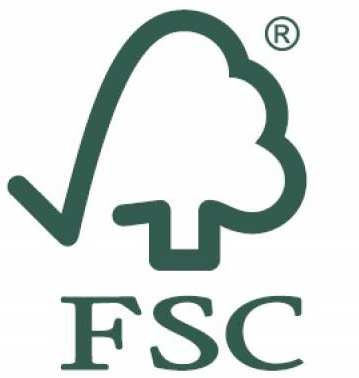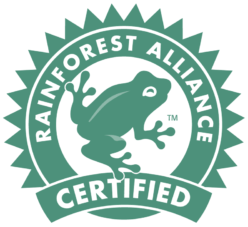For Instructors
"Blue Planet Prize Story" contains three supplementary units on environmental issues: "Story Guide," "Further Reading and Research," and "For Instructors."
These contain useful information that instructors can use to help students understand the content.
Please use these during classes and for self-learning by students.
[Target Audience: Teachers, parents, and others involved in education]
Summary of the Story
Prof. Lambin is a geographer and has studied the influence of land use on the environment for decades.
He realized that while forest conservation is promoted in one country, deforestation may be worsening in other countries that export wood to that country. He, therefore, has promoted sustainable land use through the expansion of environmentally friendly approaches.
One such approach is the eco certification system. Consumers support sustainable forest management and agriculture through the purchase of products certified and labeled as eco-friendly products.
Products with eco labels are often seen in our daily life. Instructors can provide students chances to learn the basic concepts of global supply chains based on environmental consideration through eco labels that we are familiar with.
Teaching Examples
Find eco labels!
1. Learn the basics of eco labels.
(Examples)
- Environmental problems (deforestation, etc.)
- Product manufacturing, distribution, and consumption (notebooks, etc.) and the meaning of environmental consideration in each process
- Eco certification system structure and major eco labels
[Important points!]
When explaining this to students, use The Story of Prof. Eric Lambin "3. To Conserve Forests and Lands Around the World" and the "Story Guide" as references.
2. Find eco labels on products
(1) Determine which eco labels are to be found in advance
Ask students to find up to three labels.
(Examples)
- A few forest conservation eco labels
- One eco label for each certification, including forest conservation and fishery resources
(2) Find products with eco labels at home, school, and in stores, and write them down.
- Content to be recorded includes types of products, product names, manufacturers, and locations where they were found.
- If possible, attach the actual eco labels cut from products or photos of products with eco labels.
[Important points!]
Please make students aware that they should be careful not to interfere with stores and other people when looking for eco labels in stores.
(Examples)
| Eco Label | FSC Certification | Label/ Photo |
|---|---|---|
| Product Type | Facial tissue | |
| Product Name | Paper | |
| Name of Manufacturer | Company A | |
| Location where the label was found | Home | |
| Eco Label | Rainforest Alliance Certificaton | Label/ Photo |
| Product Type | Coffee beans | |
| Product Name | Coffee | |
| Name of Manufacturer | Company B | |
| Location where the label was found | Store |
3. Choose one product with an eco label from among those students have collected and ask them to investigate what type of environmental considerations are actually provided.
(Examples)
| Eco Label | FSC Certification | Label/ Photo |
|---|---|---|
| Product Type | Facial tissue | |
| Product Name | Paper | |
| Name of Manufacturer | Company A | |
| Location where the label was found | Home | |
| Environmental Considerations | ||
|
||